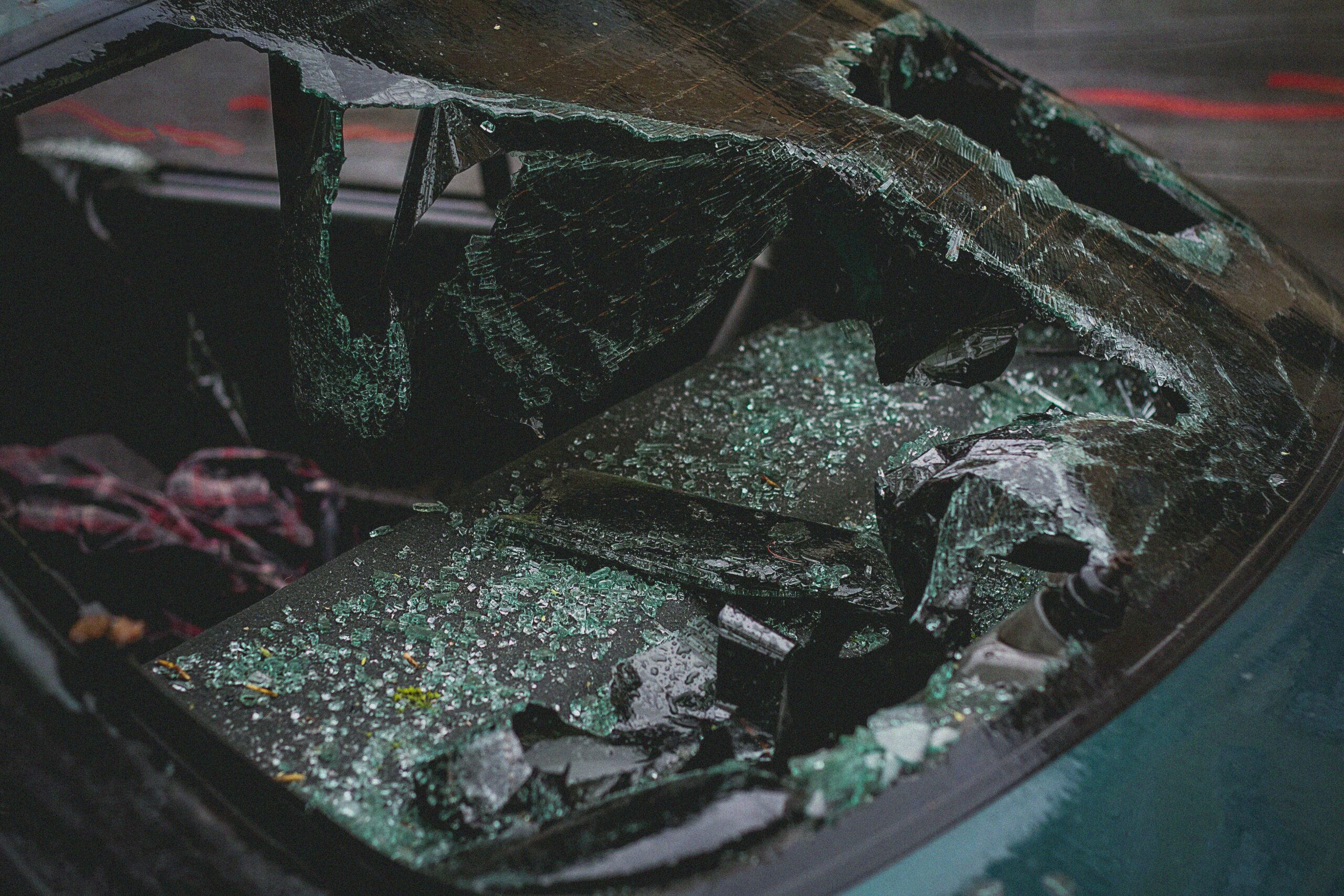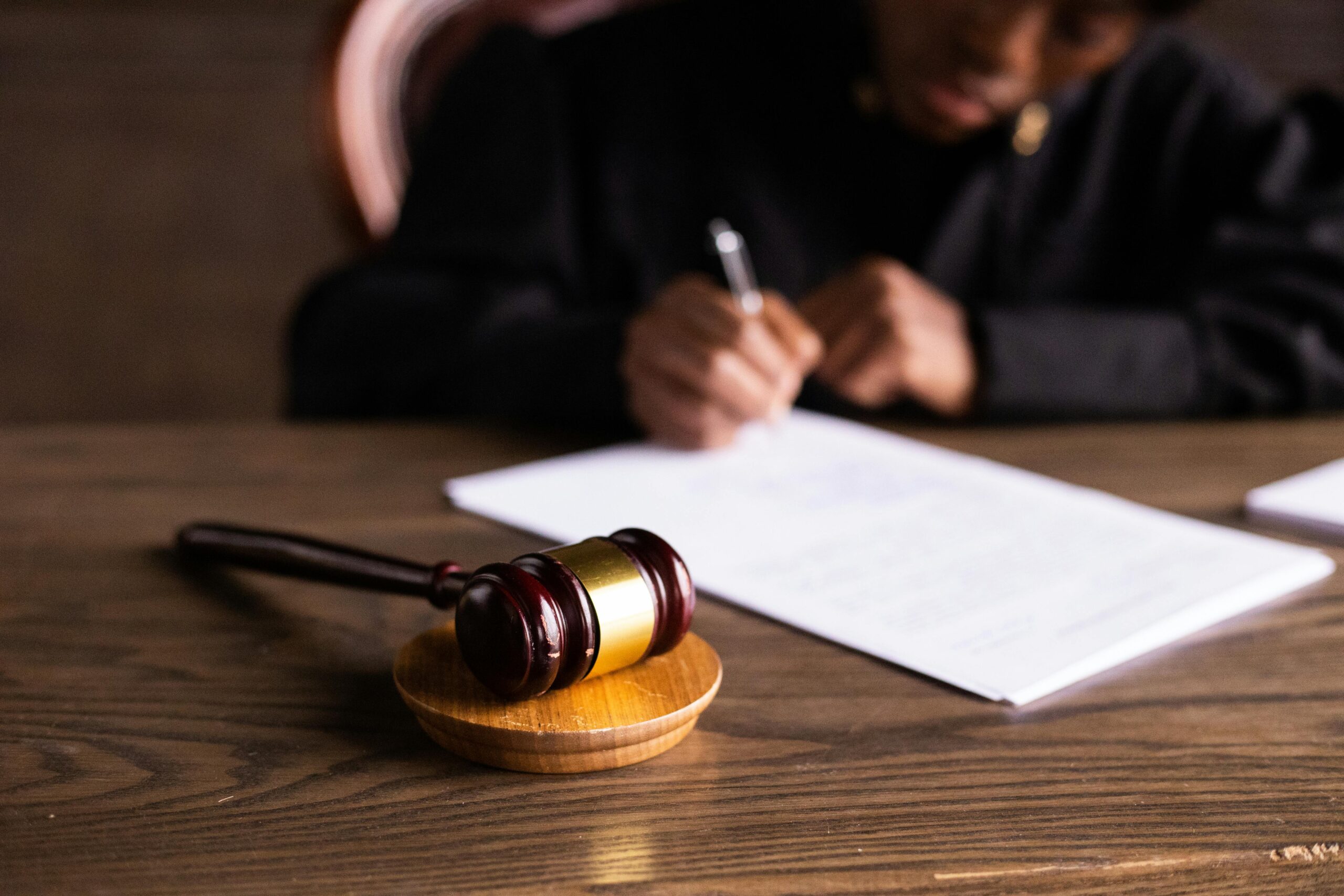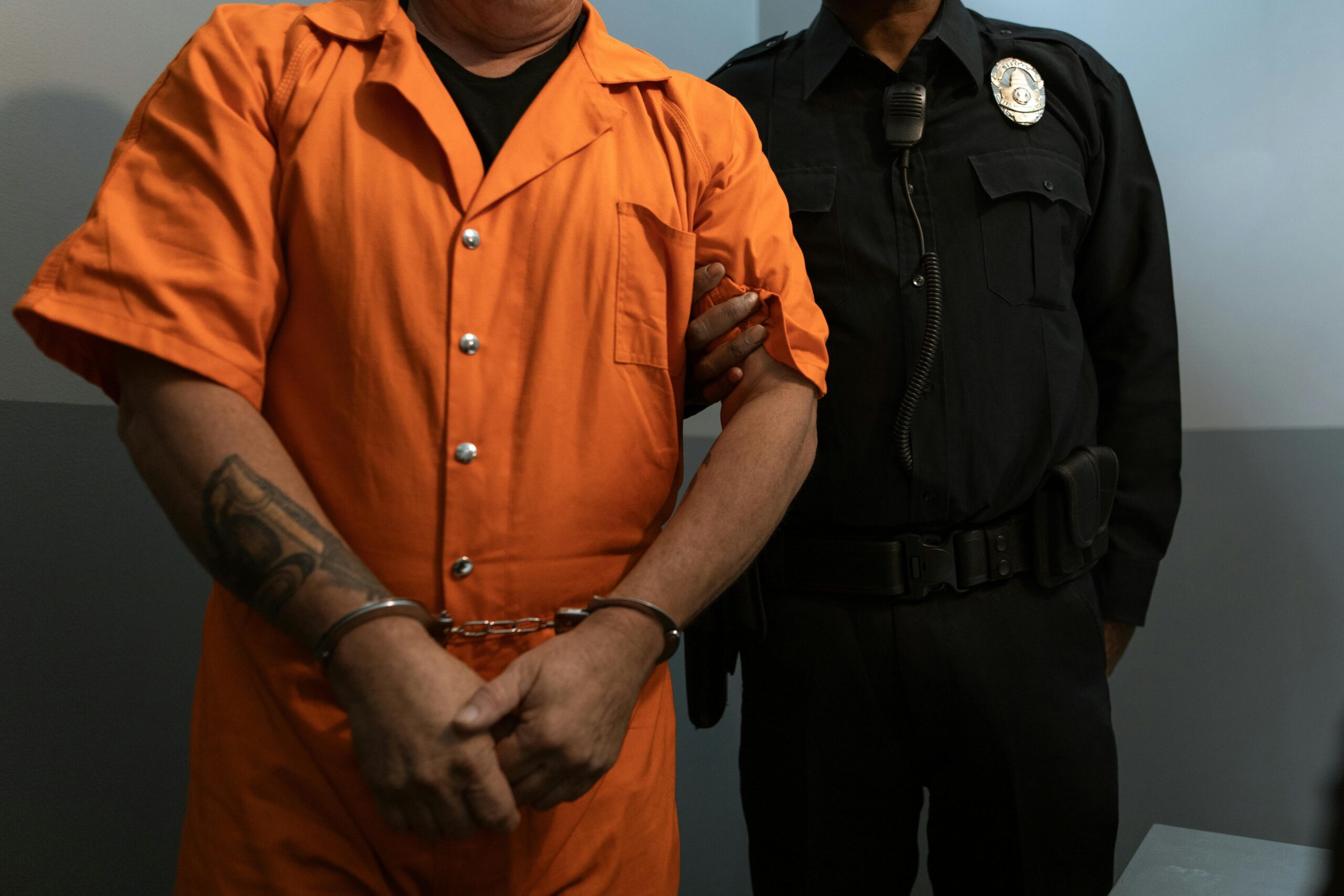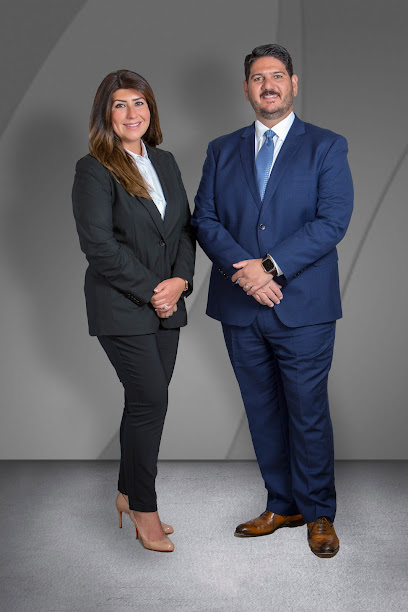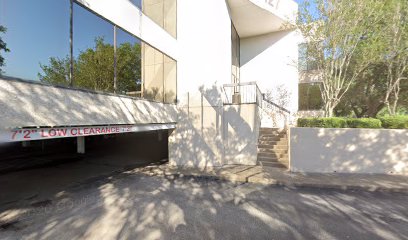You’re probably familiar with the fault in rear-accidents. Almost all the time, the driver in the rear is legally liable if he or she strikes a vehicle in the front. Why? Because drivers are supposed to drive with a safe following distance in anticipation of crashes.
If a driver is following too closely or tailgating and the driver in the front comes to a sudden stop because they’re avoiding a stopped car, a pedestrian, or an animal, and the driver in the rear hits them, it’s usually because the driver in the back was following too close.
But what about side-impact (T-bone) car accidents? Is liability that crystal clear? T-bone accidents can occur in a number of situations, but usually, one driver is held responsible. Generally, it’s the driver who broadsided the other driver who is at fault, but that’s not necessarily the case, especially if the driver who was broadsided was running a red light.
Side Impact Crashes Can Be Dangerous
When you’re in a rear-end accident and a driver hits you from the rear, you’re insulated by a bumper, trunk, and seats. But when you’re T-boned, there’s nothing but a door protecting you. If you’re hit on the other side, you also have a passenger seat, but even then, that doesn’t offer you much protection. Because there is so little protection with T-bone accidents, the injuries can be severe. In the worst cases, they can lead to paralysis or even death of a driver or one of their passengers.
So, how do you prove fault with a side-impact crash? Often, it has to do with the traffic laws. Did one of the drivers run through a stop sign or a red light? Did a driver fail to yield the right of way? If one of the drivers broke a traffic law, then the driver who broke the law would be at-fault for the accident.
Here are some examples:
- A driver runs a red light and broadsides a car. In this case, the driver who ran the red light is at fault.
- A driver runs a stop sign and T-bones another car. This driver is at fault.
- A driver turns left in front of oncoming traffic and is broadsided. In this situation, the driver who failed to yield the right of way is at fault.
Next: What is a Total Loss Vehicle?
Were you injured in a T-bone accident? To file a claim for compensation, contact The Zendeh Del Law Firm, PLLC today.

